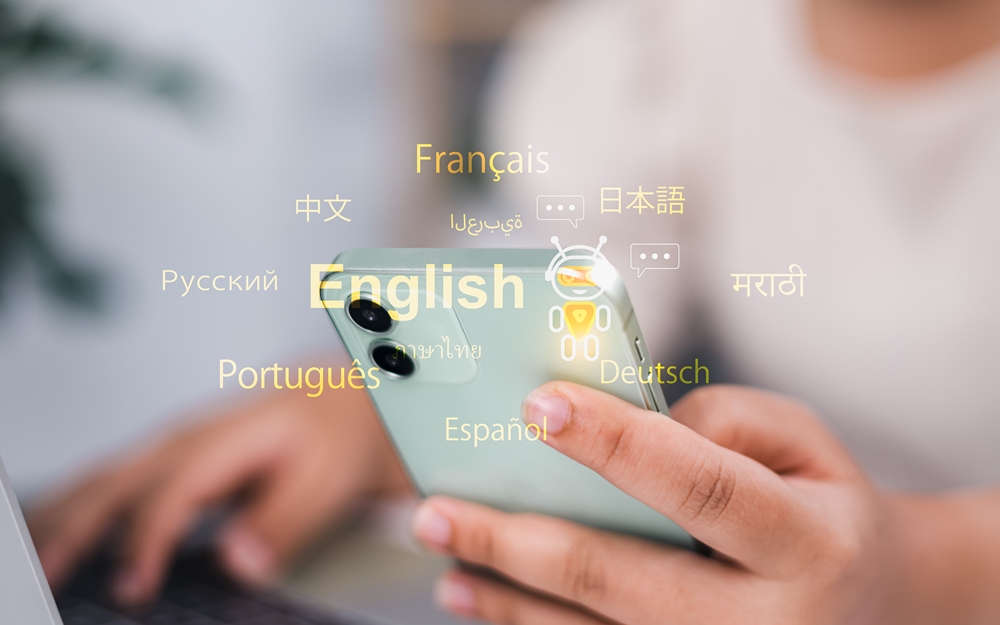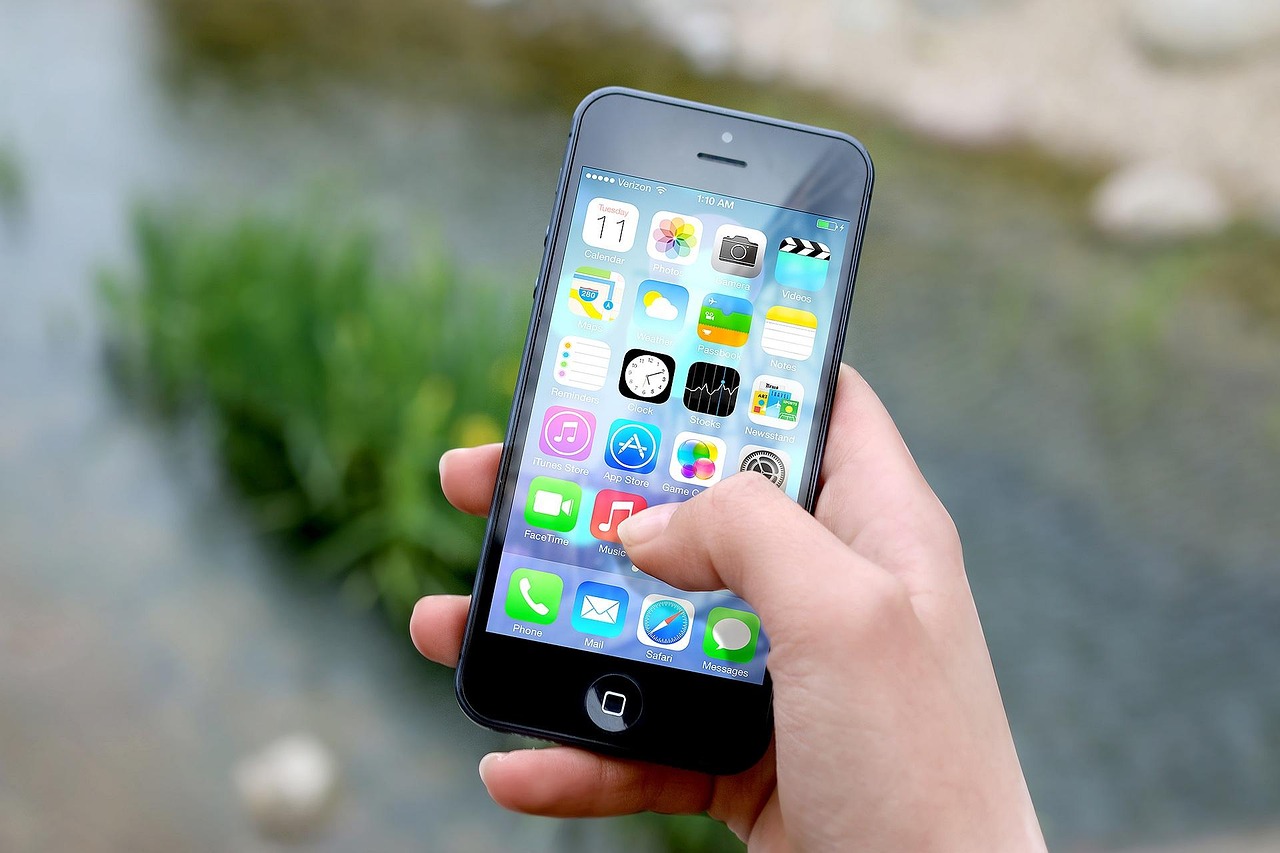
Security has become a pressing concern for both patients and healthcare providers as more services move online. Health apps now hold sensitive information ranging from personal medical records to insurance details. At the same time, users demand quick access without the frustration of repeated passwords or codes. This tension between safety and convenience is not unique to healthcare. Payment systems, banking platforms, and even entertainment services have spent years balancing speed with security. By studying how these sectors handle identity checks, health apps can adopt practices that keep data safe while keeping the user journey smooth.
What Health Apps Can Learn from Fast Transactions
One lesson comes from the payment industry, where the demand for speed is at its peak. A good example is the fast withdrawal casino, a type of online platform known for processing transactions with minimal delay. These services have become popular because users value immediate access to winnings. To make that possible, they rely on strong authentication tools such as biometric verification, two-factor checks, and advanced fraud detection. The combination of speed and protection has helped them build trust with a broad audience. Health apps can adopt similar thinking by offering biometric log-ins that are quick, reliable, and capable of preventing unauthorised access without slowing the experience.
Fingerprints and Facial Recognition
Fingerprints remain the most common form of biometric authentication. They are quick, require little effort from the user, and are already built into most smartphones. Health apps can easily integrate fingerprint scans for everyday log-ins, giving users a sense of familiarity. Facial recognition is gaining ground too, especially with front-facing cameras now standard. Beyond convenience, these methods help reduce risks linked to password reuse and weak codes, which continue to be a problem across digital services.
In payments, these tools have already proven effective. Banks frequently combine fingerprint checks with encryption to secure mobile transfers. The same approach can reassure patients that sensitive information remains protected without creating hurdles each time they open an app.
Lessons from E-Commerce Platforms
E-commerce has long been focused on reducing friction during checkout. Many platforms now integrate biometric checks at the payment stage, making purchases faster and safer. This shift shows that users are willing to accept biometric tools when they are framed as time-savers rather than barriers. Health apps can learn from this approach by presenting biometrics not only as protection but also as a way to access results, prescriptions, or appointment details instantly.
Cross-Industry Inspiration
Beyond fingerprints and faces, another area worth attention is behavioural biometrics. These tools measure how someone interacts with their device, including typing speed, touch pressure, or even walking patterns. In financial services, behavioural tracking has helped flag unusual activity without requiring constant re-authentication. For health apps, the same methods could detect suspicious log-ins while remaining invisible to the user. It provides an added layer of safety while keeping the process simple.
Travel apps provide another source of inspiration. Airlines and border services are increasingly using biometric gates for boarding and immigration control. These systems process high volumes of people in short timeframes, highlighting how efficient biometric checks can be. For wearables, the opportunity is even greater. Devices that already track heart rate or sleep could use the same sensors to support biometric log-ins, creating a seamless connection between hardware and health data access.
Trust is essential for adoption. Patients may hesitate to share health data if they fear breaches or misuse. By adopting security measures already tested in payment systems, health apps can show that protecting users is central to their design. Transparency is key here. Explaining why certain checks are required and how data is stored can make users more comfortable. Payment services often do this through clear prompts and simple consent screens. Health apps can follow the same path, giving patients confidence without overwhelming them with technical jargon.
Balancing Privacy with Convenience
The promise of biometrics comes with responsibilities. Unlike passwords, biometric markers cannot be changed if leaked. This makes storage and encryption methods even more important. Health apps must follow strict standards for how data is kept, whether on devices or in secure servers. Payment systems offer useful examples, with many services adopting tokenisation to replace raw data with coded versions. By applying similar methods, health apps can balance user convenience with long-term protection.
As more services move to mobile, the need for reliable authentication will only grow. Patients want reassurance that their records remain safe, but they also want to access them quickly in moments of need. By borrowing ideas from payment systems, such as fast verification, biometric convenience, and behavioural monitoring, health apps can create experiences that are both safe and user-friendly. The lessons are clear: speed and protection can go hand in hand when designed with care.





